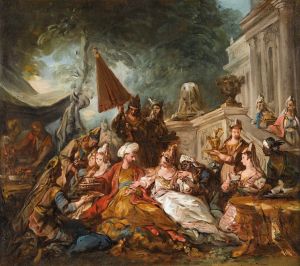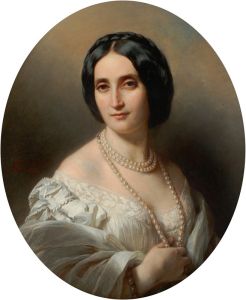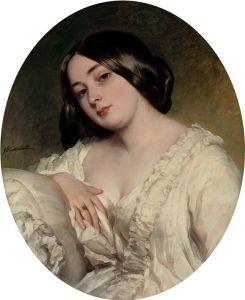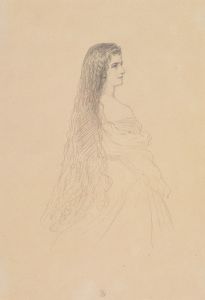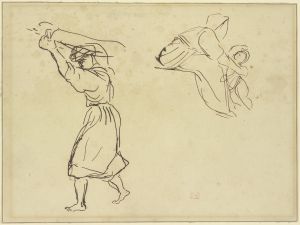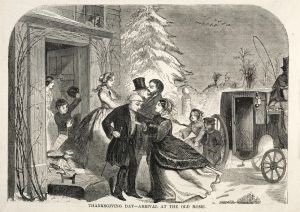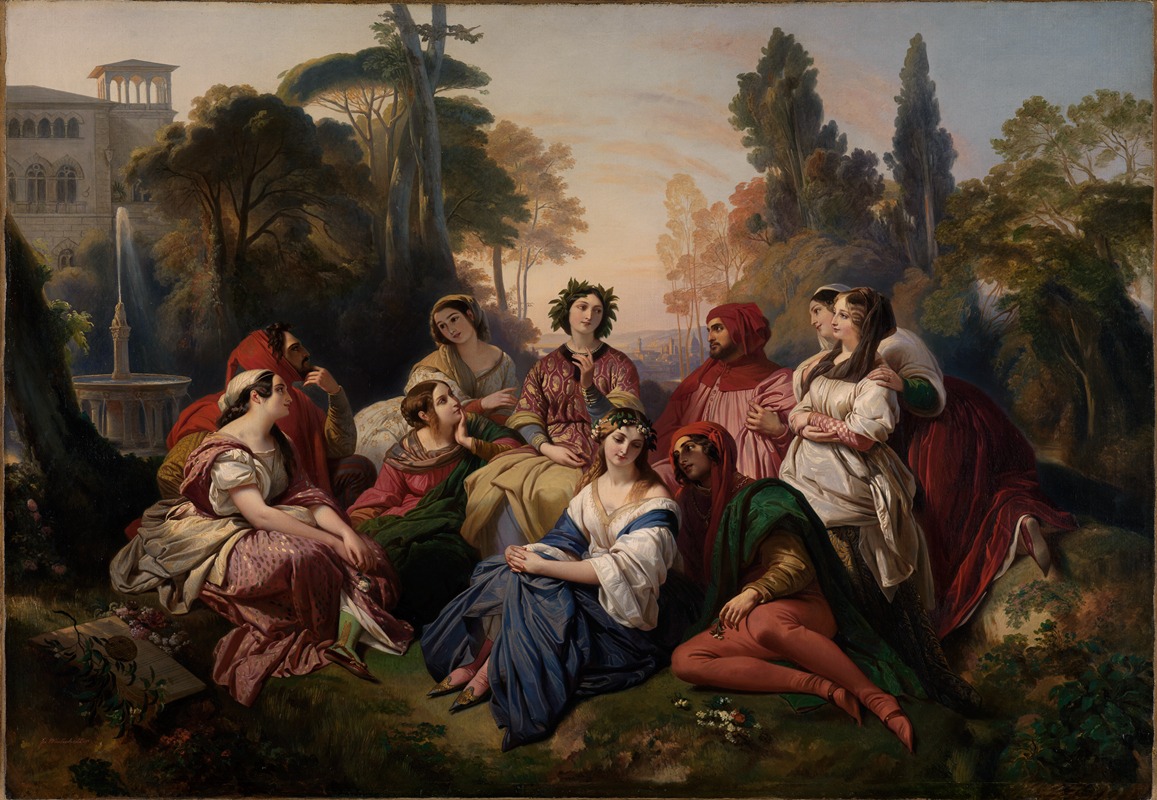
Der Decamerone
A hand-painted replica of Franz Xaver Winterhalter’s masterpiece Der Decamerone, meticulously crafted by professional artists to capture the true essence of the original. Each piece is created with museum-quality canvas and rare mineral pigments, carefully painted by experienced artists with delicate brushstrokes and rich, layered colors to perfectly recreate the texture of the original artwork. Unlike machine-printed reproductions, this hand-painted version brings the painting to life, infused with the artist’s emotions and skill in every stroke. Whether for personal collection or home decoration, it instantly elevates the artistic atmosphere of any space.
Franz Xaver Winterhalter was a renowned German painter, known for his flattering portraits of royalty and upper-class society in the mid-19th century. However, there is no widely recognized painting titled "Der Decamerone" by Winterhalter. It is possible that there might be some confusion or misattribution regarding the title or the artist. Winterhalter's oeuvre primarily consists of portraits rather than thematic or narrative paintings, which makes the existence of such a work unlikely.
Winterhalter was born on April 20, 1805, in the small village of Menzenschwand in Germany's Black Forest region. He received his initial artistic training in Freiburg and later attended the Academy of Fine Arts in Munich. His career took a significant turn when he moved to Paris in 1834, where he quickly gained popularity among the aristocracy and royalty for his elegant and idealized portraiture.
Throughout his career, Winterhalter became the favored portraitist of European royalty, including Queen Victoria of the United Kingdom and Emperor Napoleon III of France. His works are characterized by their polished finish, attention to detail, and the ability to capture the opulence and grace of his subjects. Winterhalter's style was particularly noted for its ability to flatter the sitter, often enhancing their beauty and elegance, which made him highly sought after by the elite.
One of Winterhalter's most famous works is "The Empress Eugénie Surrounded by her Ladies-in-Waiting" (1855), which exemplifies his skill in portraying the grandeur and sophistication of the imperial court. His portraits often featured rich fabrics, intricate details, and a sense of movement, which contributed to the luxurious feel of his paintings.
Winterhalter's success was not limited to France; he also worked extensively in England, Spain, and other parts of Europe. His ability to adapt his style to suit the tastes of different courts and cultures further cemented his reputation as a leading portraitist of his time.
Despite his fame during his lifetime, Winterhalter's reputation declined in the early 20th century as tastes in art shifted. However, there has been a resurgence of interest in his work in recent years, with exhibitions and retrospectives highlighting his contributions to 19th-century portraiture.
In conclusion, while Franz Xaver Winterhalter was a prolific and celebrated artist, there is no verifiable information or record of a painting titled "Der Decamerone" by him. His legacy remains primarily in the realm of portraiture, capturing the likenesses and elegance of Europe's elite during his era.





